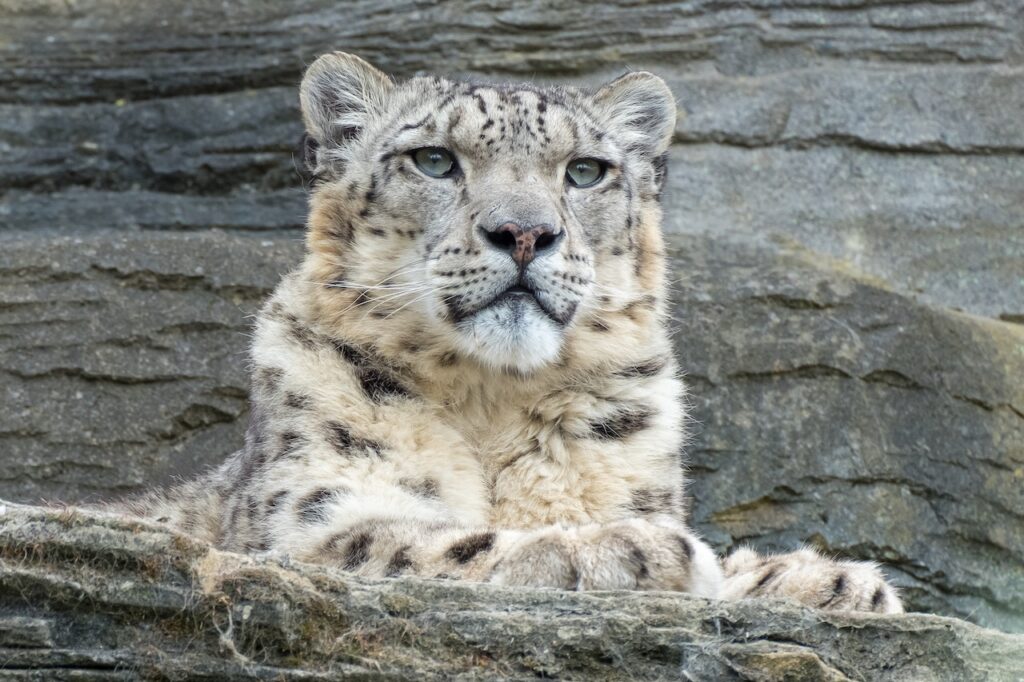
Our planet is home to an incredible diversity of species, each playing a unique role in maintaining the delicate balance of ecosystems. However, many of these species face a dire threat of extinction due to human activities. The term “endangered species” refers to plants and animals that are at risk of disappearing forever from the face of the Earth. In this article, we delve into the causes of endangerment, the consequences of species loss, and the urgent need for conservation efforts to save these remarkable creatures from vanishing.
Causes of Endangerment
Habitat Loss: The destruction and fragmentation of natural habitats, primarily driven by activities such as deforestation, urbanization, and agricultural expansion, are major contributors to species endangerment. When their habitats shrink or vanish, species lose access to food, shelter, and breeding grounds, pushing them towards extinction.
Climate Change: The rapid and unprecedented changes in global climate patterns pose significant challenges to many species. Rising temperatures, altered precipitation patterns, and extreme weather events can disrupt ecosystems, negatively affecting species’ survival and reproductive capabilities.
Pollution and Contamination: Pollution from various sources, including industrial activities, agricultural runoff, and plastic waste, can contaminate ecosystems and harm species directly or indirectly. Water and air pollution, for example, can impact the health and reproductive success of aquatic organisms.
Overexploitation and Illegal Trade: Unsustainable hunting, fishing, and poaching practices threaten numerous species. Demand for animal products, such as ivory, skins, and traditional medicines, drives illegal wildlife trade, decimating populations and pushing species closer to extinction.
Consequences of Species Loss
The extinction of a species has far-reaching ecological, economic, and cultural consequences
Disruption of Ecosystems: Each species plays a specific role in its ecosystem. The loss of a species can lead to imbalances, affecting the entire food web and diminishing ecosystem resilience. This disruption can have cascading effects, impacting other species and ecosystem functions, including nutrient cycling, pollination, and seed dispersal.
Loss of Biodiversity: Endangered species represent the unique genetic heritage of our planet. Their loss diminishes the overall biodiversity, reducing the potential for future scientific discoveries, medical breakthroughs, and ecosystem services essential for human well-being.
Economic Impact: Many endangered species have economic value through ecotourism, research, and potential pharmaceutical discoveries. Their disappearance can lead to significant economic losses and disrupt local communities dependent on these resources.
Cultural Significance: Endangered species hold cultural, spiritual, and aesthetic value. They are often symbols of national identity and heritage, and their loss can result in the erosion of cultural traditions and a diminished sense of connection with the natural world.
Conservation Efforts
Efforts to protect endangered species are crucial for their survival and the preservation of our planet’s biodiversity
Habitat Conservation: Preserving and restoring critical habitats through protected areas, land-use planning, and habitat restoration projects help ensure the survival of endangered species.
Legal Protection: Implementing and enforcing laws and regulations that prohibit the hunting, trade, and exploitation of endangered species are essential steps in curbing their decline.
Conservation Breeding and Reintroduction Programs: Captive breeding programs can help increase population numbers for species on the brink of extinction. Carefully planned reintroduction efforts can restore species to their natural habitats once threats have been mitigated.
International Cooperation: Collaboration between countries, organizations, and communities is vital for effective conservation. Sharing knowledge, resources, and best practices can lead to more successful conservation outcomes.
Public Awareness and Education: Raising awareness about the importance of endangered species and the actions individuals can take to contribute to their protection is crucial. Education programs, public campaigns, and community engagement can foster a sense of responsibility and empower individuals to make a positive impact.
Conclusion
The plight of endangered species is a sobering reminder of the impact human activities can have on the delicate balance of nature. The loss of these remarkable creatures not only diminishes the beauty and diversity of our planet but also threatens the stability and functioning of ecosystems. The conservation of endangered species requires a collective effort, combining scientific research, policy interventions, and individual actions. By prioritizing habitat conservation, addressing the causes of endangerment, and promoting sustainable practices, we can work towards ensuring a future where endangered species thrive, enriching our world with their presence and contributing to the resilience and sustainability of our planet. Together, let us act as stewards of the Earth, protecting and preserving these extraordinary species for generations to come.

